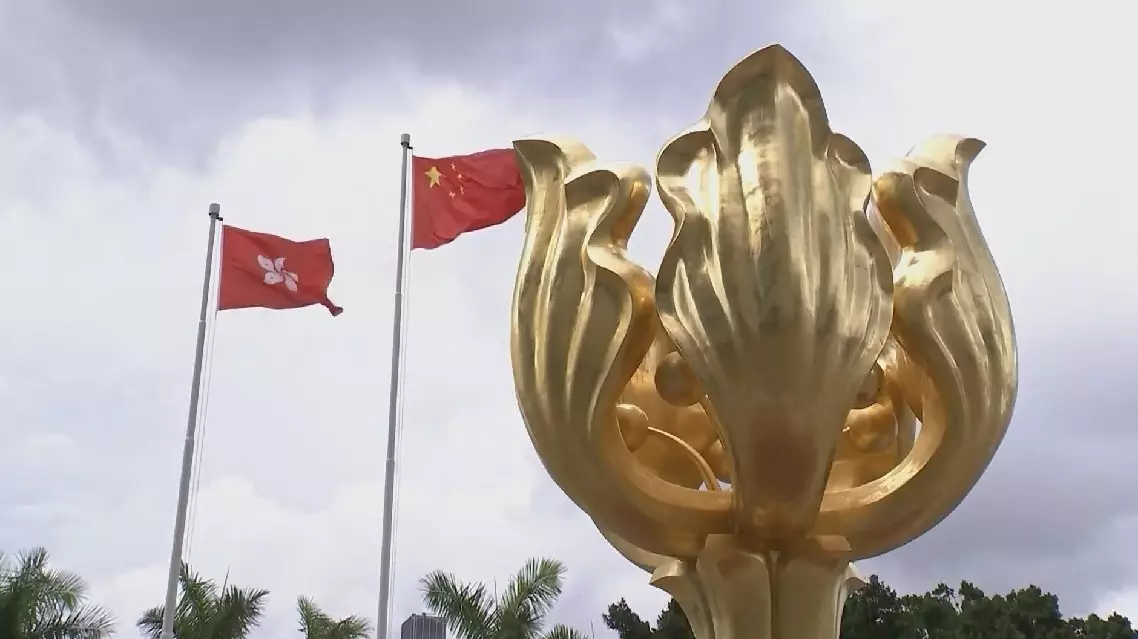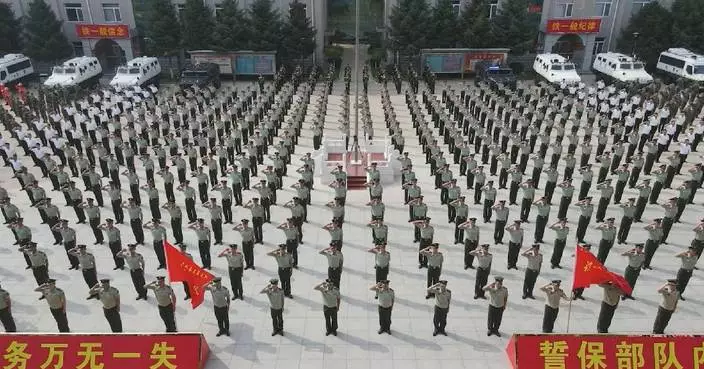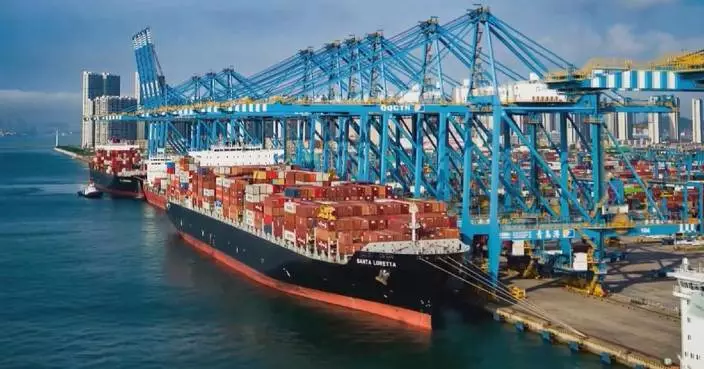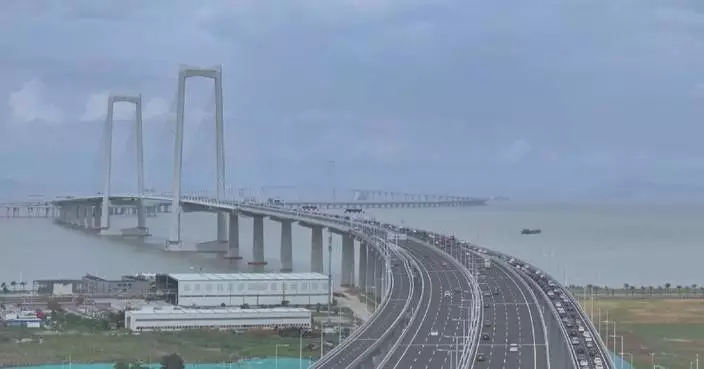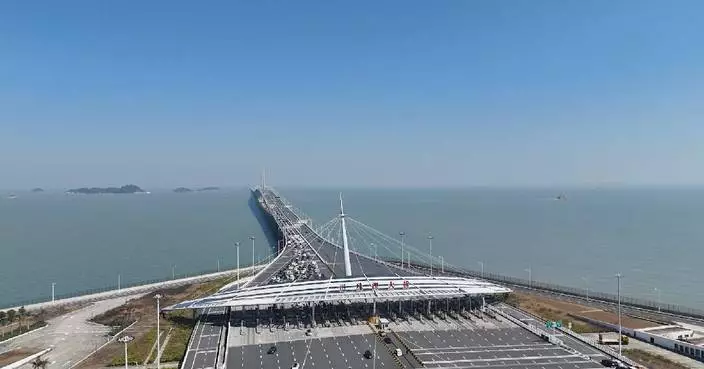Track laying on a critical section of the Sichuan-Qinghai Railway was successfully completed on Saturday morning, marking a significant milestone in the construction of this high-speed rail project.
The completion of track laying on the Zhenjiangguan to Huangshengguan section, which spans approximately 148 kilometers, signifies the end of the region's history without a railway connection in the Plateau of northwest Sichuan, which is part of the Qinghai-Tibet Plateau, the highest plateau in the world.
The track laying, which involved the last pair of 500-meter steel rails, was completed at the Songpan railway station, located at an altitude of 2,800 meters. The process took 1.5 hours and was executed using a combination of the "direct laying method" and the "replacement method" to handle the high-altitude conditions.
"According to the special high-altitude construction conditions, this track-laying adopted a combination of 'direct laying' and 'replacement laying' methods, with the upline and downline being laid simultaneously. We strengthened quality control of long-rail welding and transportation organization, ensuring a daily track-laying progress of 28 kilometers, which is rare domestically," said Ma Xiaoyang, an official of the China Railway Chengdu Group.
The Zhenjiangguan to Huangshengguan section traverses challenging terrain with high altitudes, numerous tunnels, and harsh climatic conditions. The maximum gradient of 17.8 per thousand is three times higher than that of a standard high-speed rail line, posing significant technical difficulties.
"The altitude rises from 2,503 meters to 3,200 meters from Zhenjiangguan to Huangshengguan. The steep gradients and rarefied air meant that traditional two-locomotive traction was insufficient, so we adopted a novel approach of using three locomotives to ensure the completion of long-rail transportation and laying tasks," explained Zhang Hua, Executive Deputy Commander of the Chengdu-Lanzhou Project of China Railway No.8 Engineering Group Co., Ltd.
The Sichuan-Qinghai Railway, an essential component of China's high-speed rail network, stretches from Chengdu, capital of southwest China's Sichuan province, to Xining, the capital city of northwest China's Qinghai Province, with a total length of approximately 836 kilometers and a designed speed of 200 kilometers per hour.
The Sichuan section from Qingbaijiang East to Zhenjiangguan began operation on Nov 28, 2023.
The completion of track laying on the Zhenjiangguan to Huangshengguan section will not only end the lack of railway access to the Huanglong Scenic and Historic Interest Area in Songpan County from Chengdu but also lays a solid foundation for the full completion of the Sichuan-Qinghai Railway.
Upon completion of the whole project, the new rail line will connect the Qinghai-Tibet Plateau into the massive high-speed transport network of China, which sets to put the region's development on fast track.
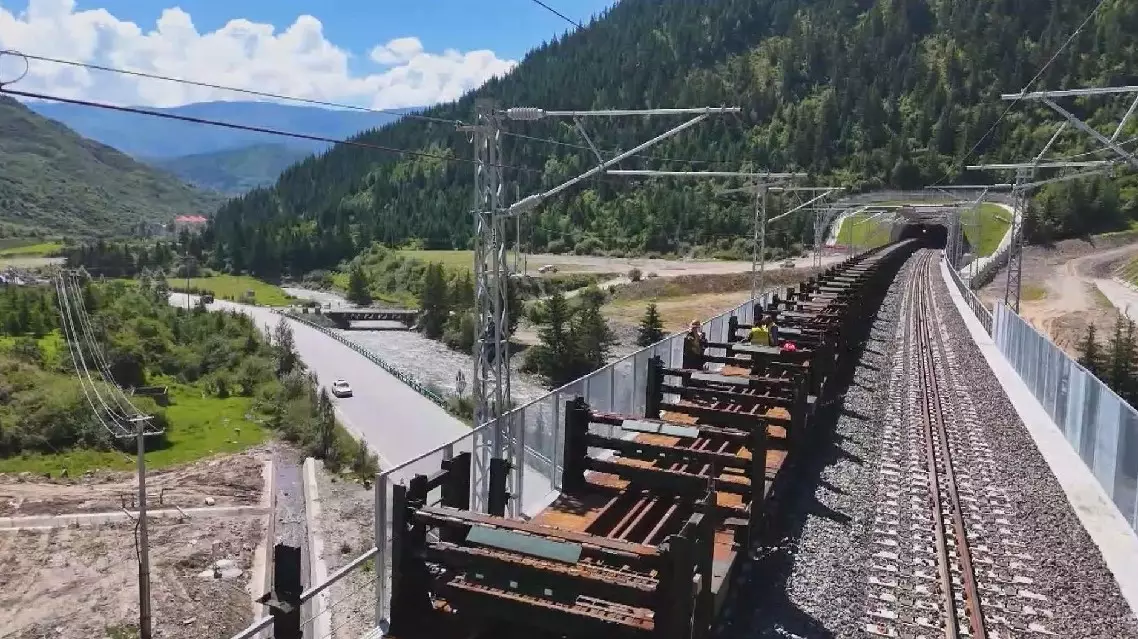
Track laying completed on key section of Sichuan-Qinghai Railway


